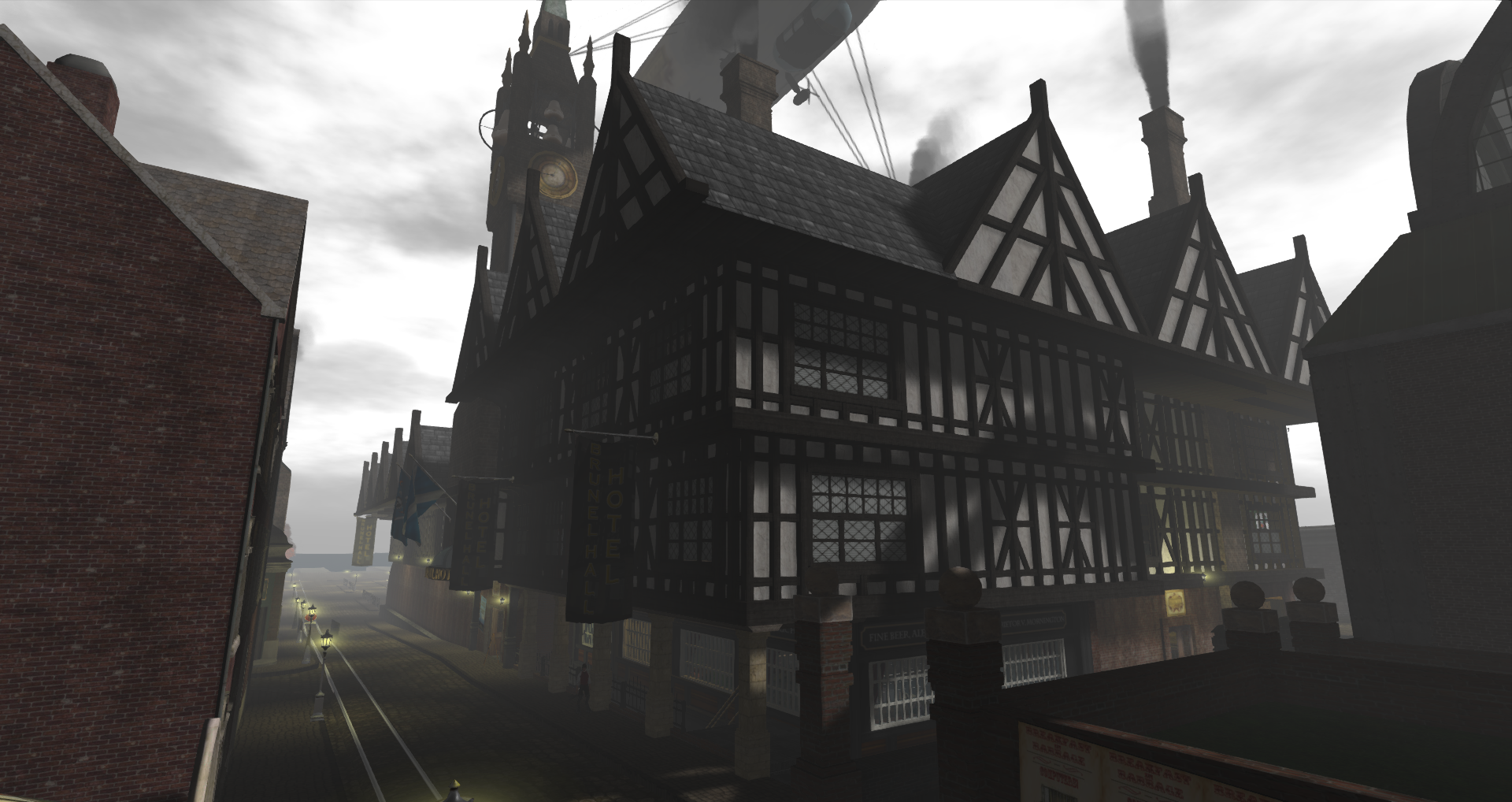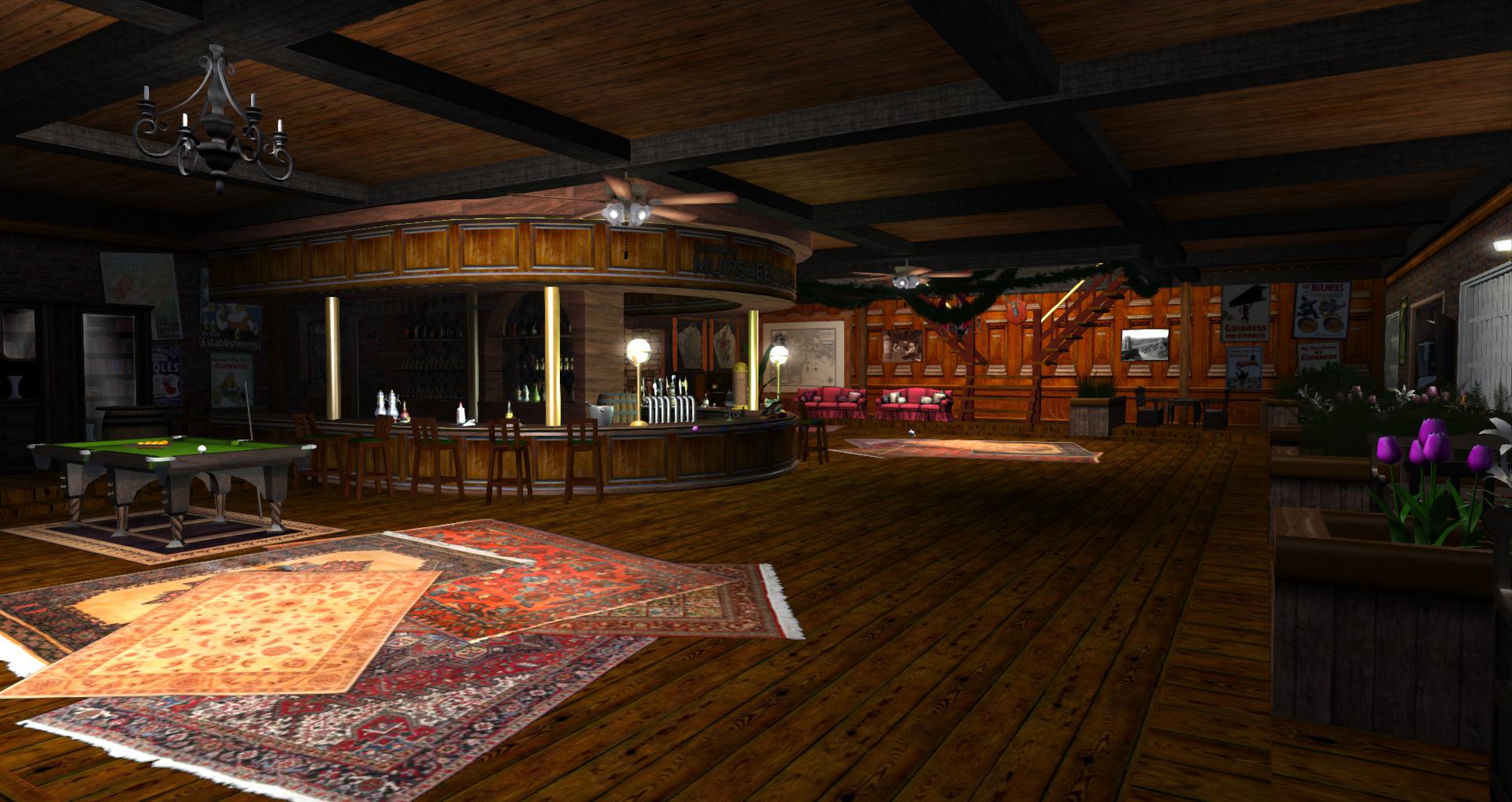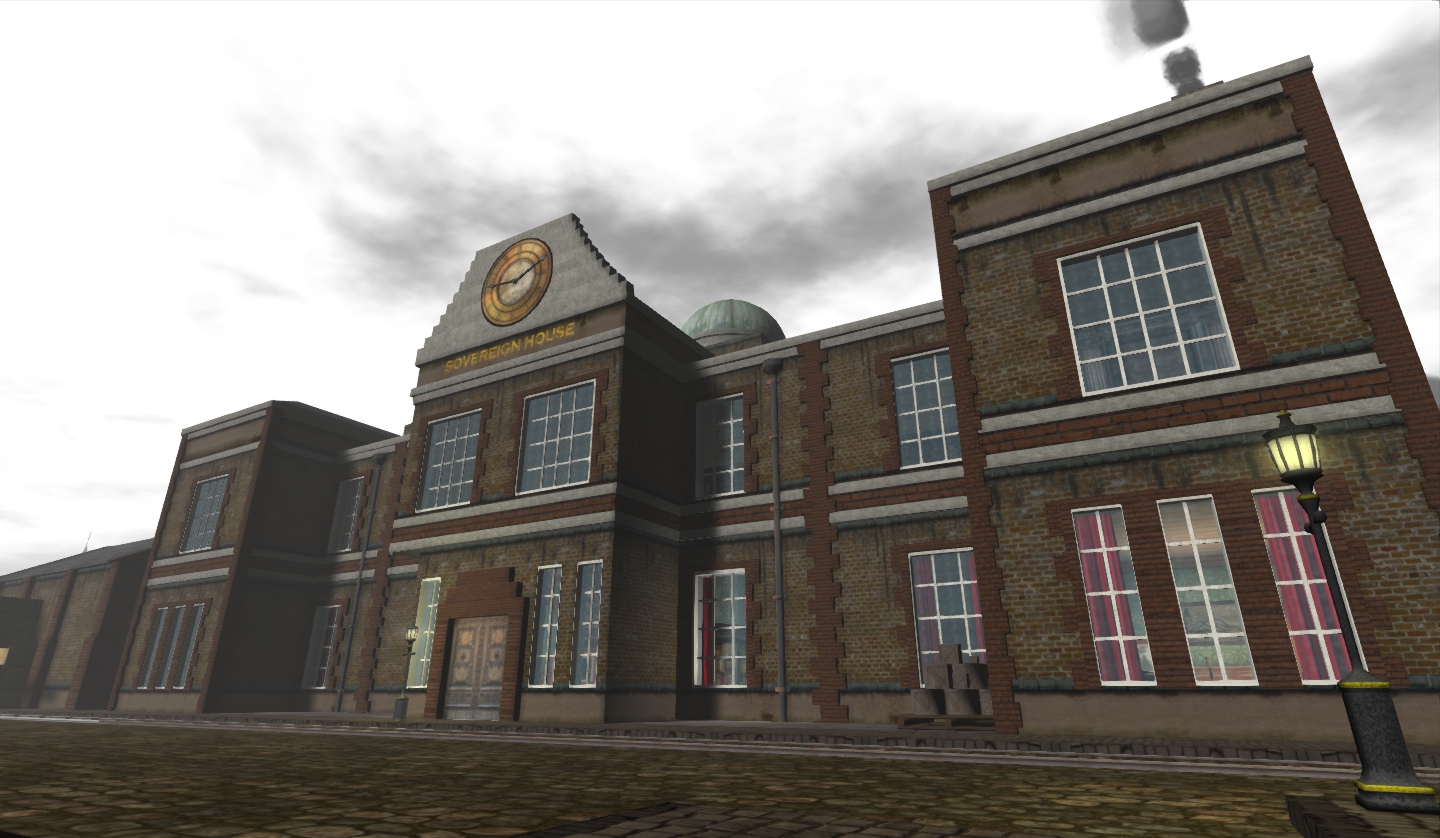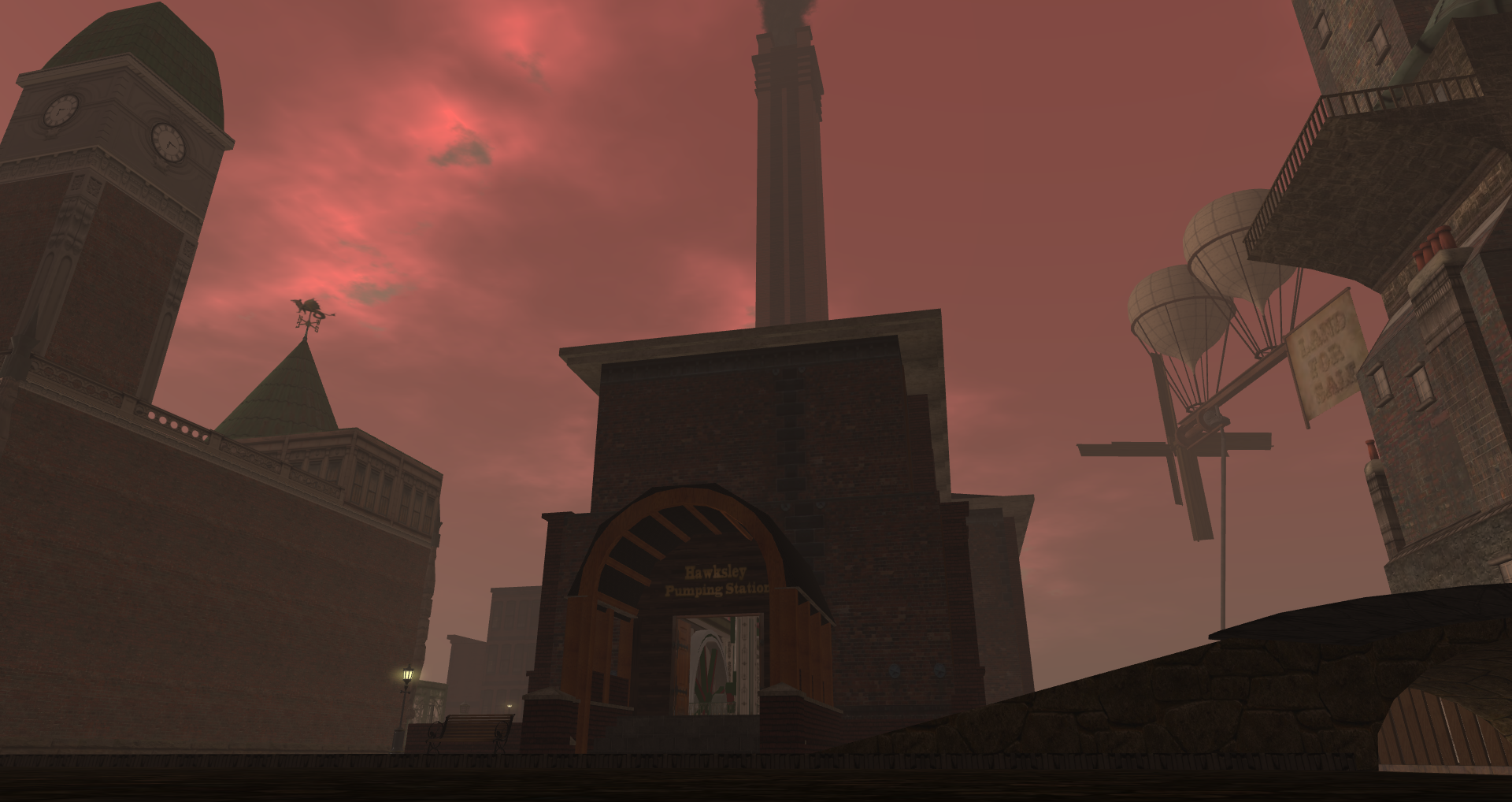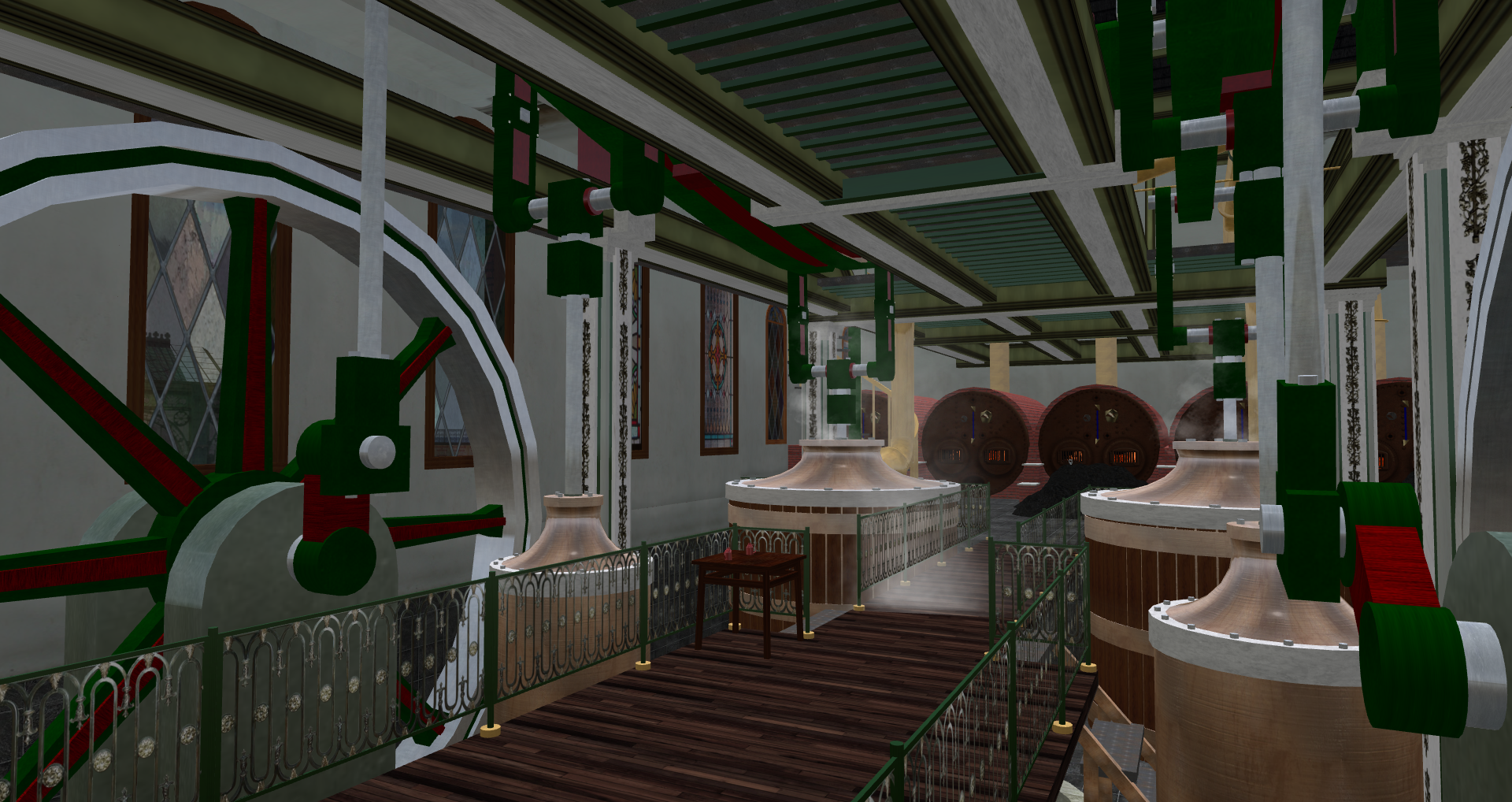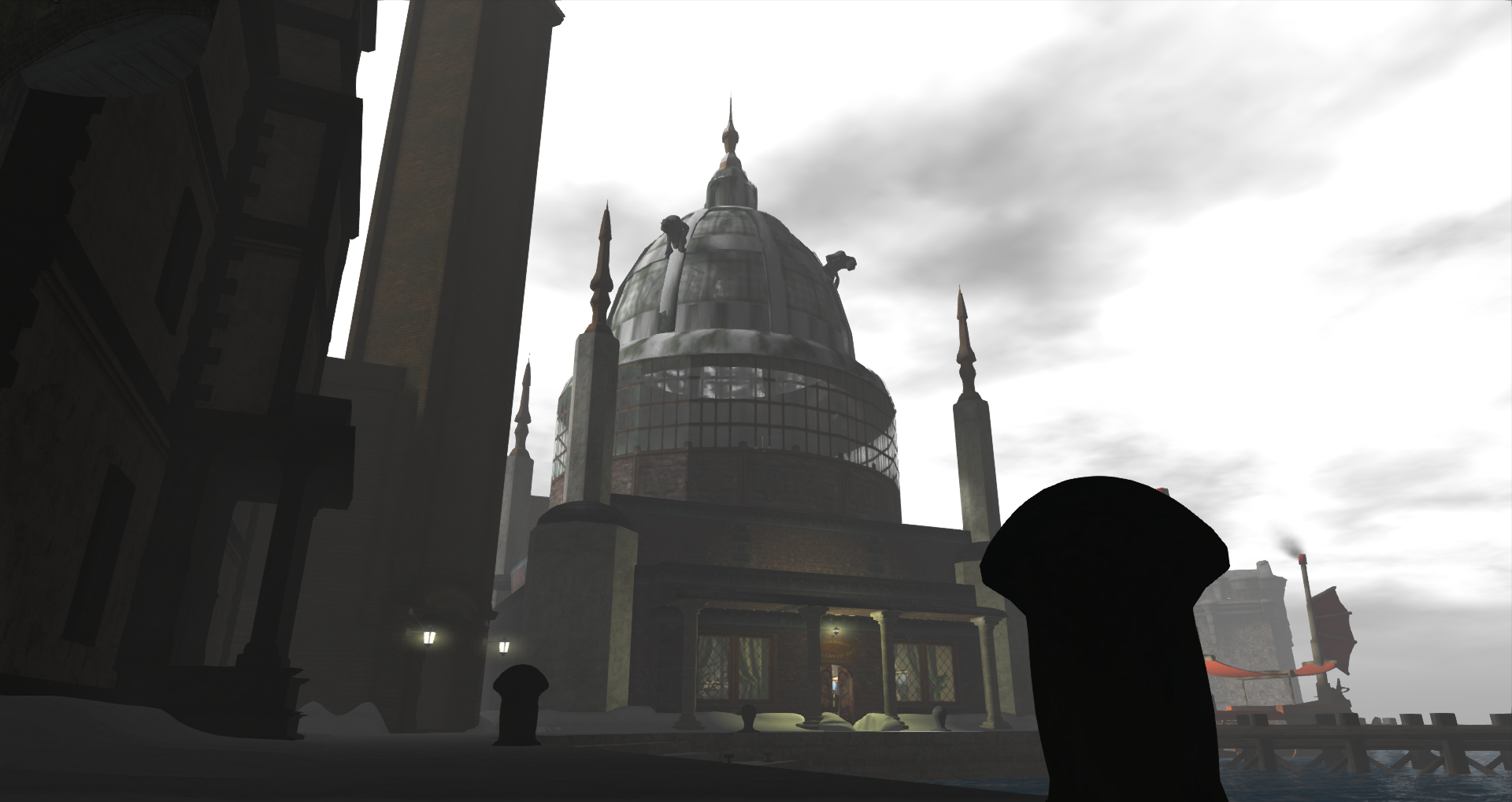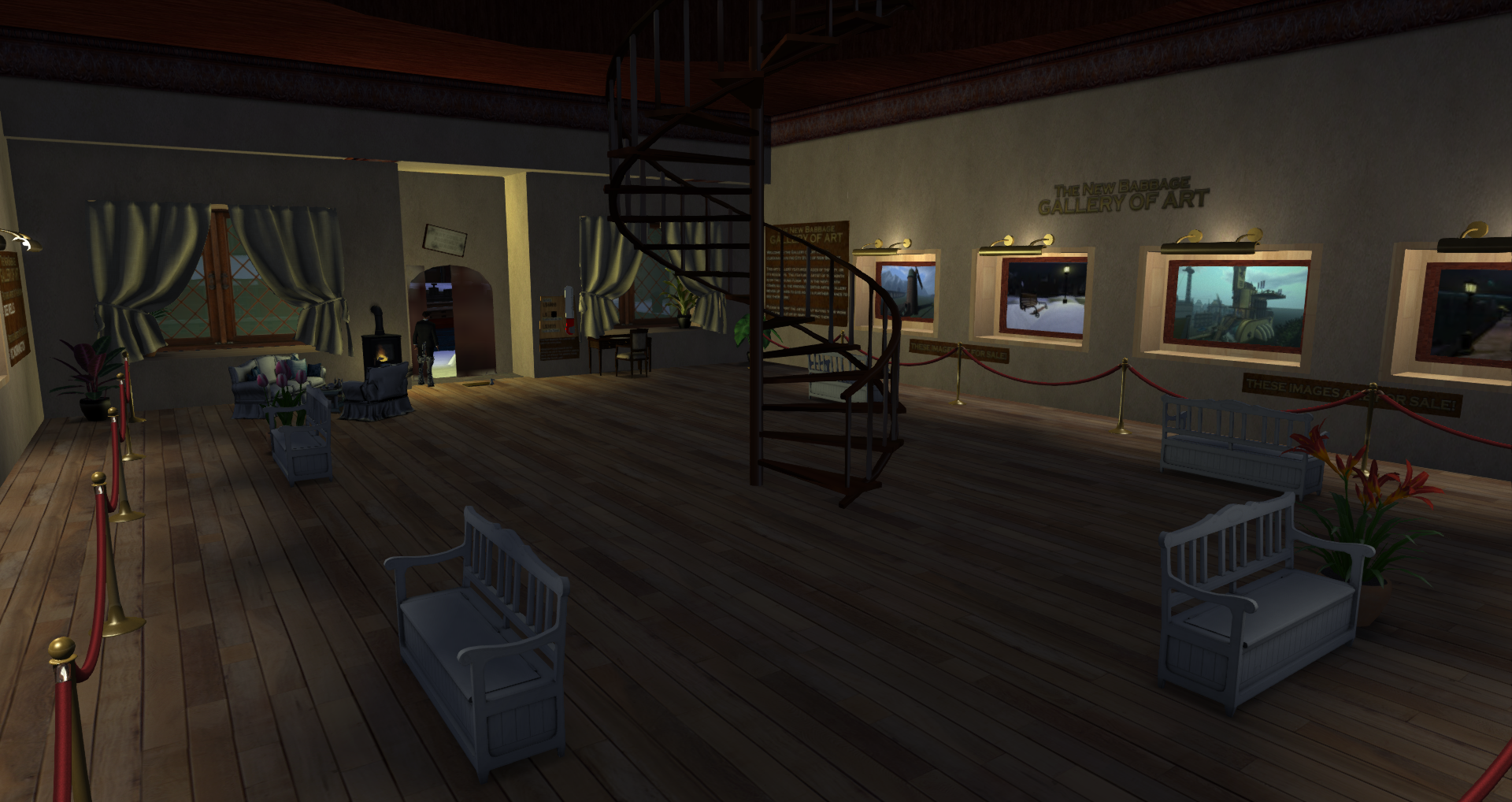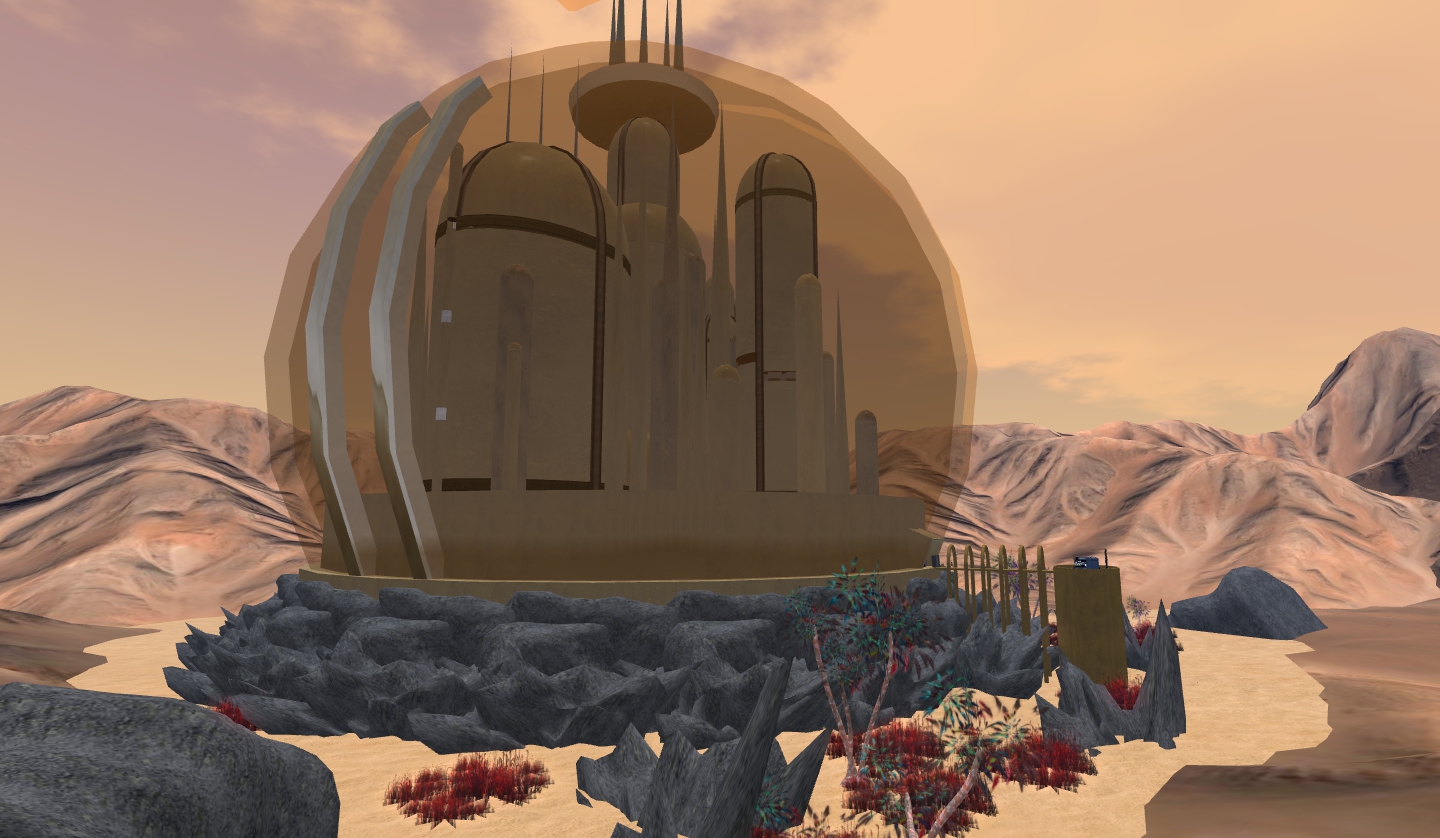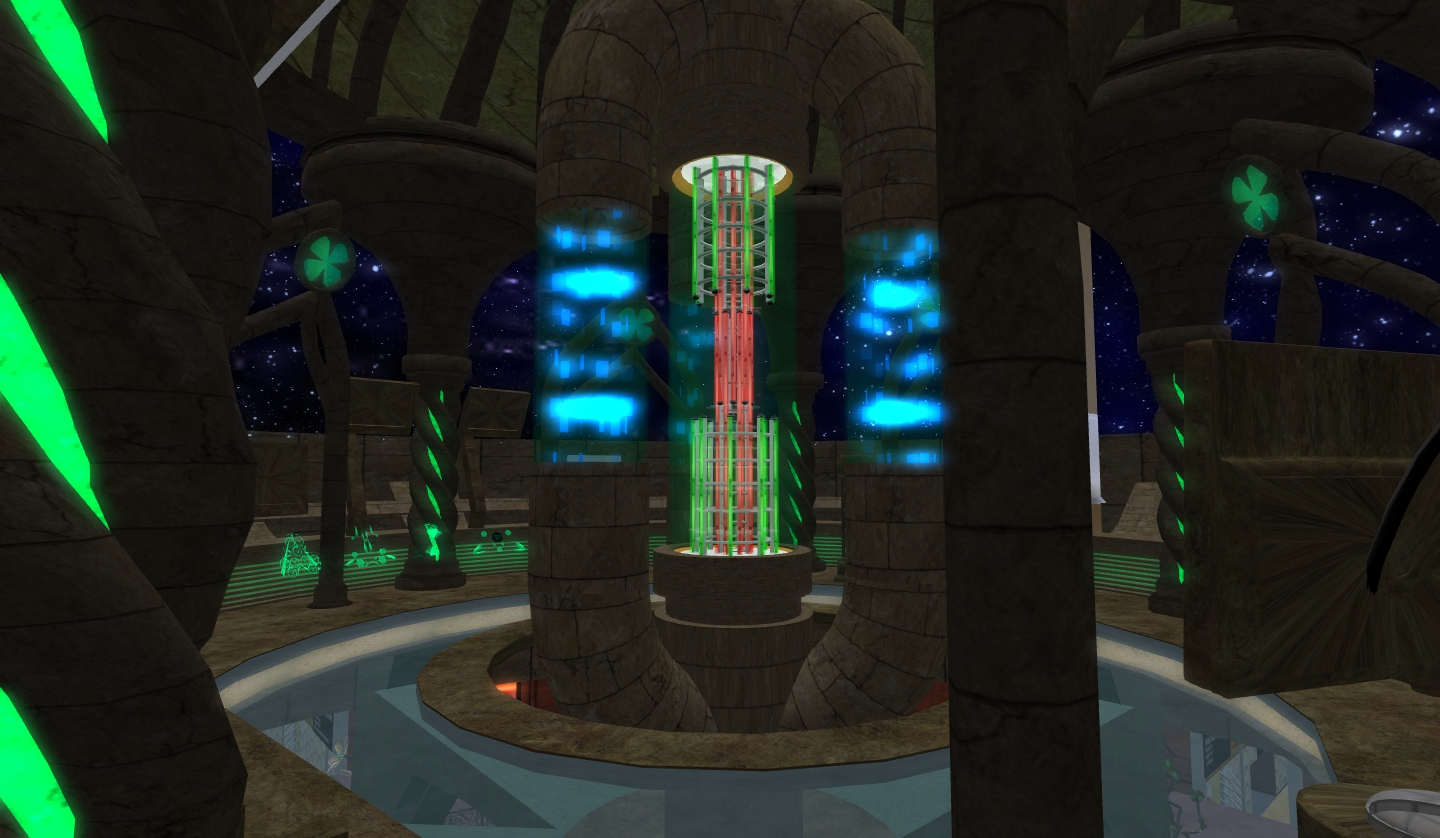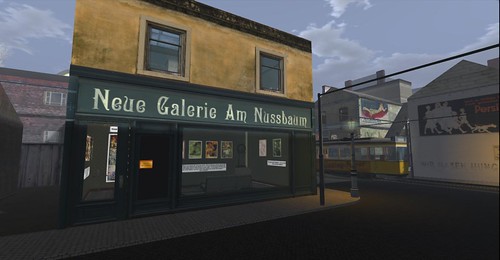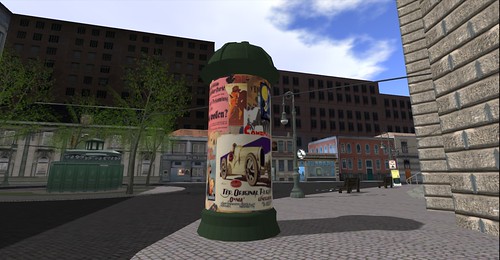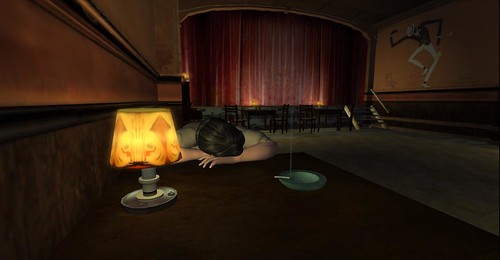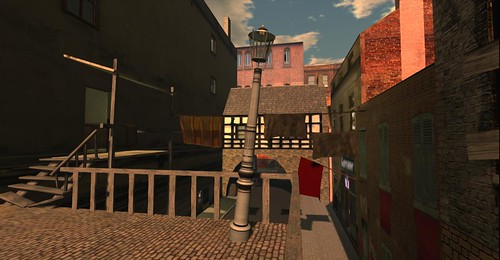Here is some more information on what things you can do to make sure that your sculpts are going to make your mesh even more dandy but not at the expense of higher land impact (LI).
Key points to understand when using sculpts for mesh:
- The Mesh Studio scripts will only affect the prims in your linkset if you use the menu options for lowering the resolution of the mesh surfaces made from your prims. Sculpts will always be at their highest resolution as a result (the equivalent of Default 4/24).
- While sculpts will still have 1024 faces, when making a sculpt, even if you only used 8 slices out of stack and turned all others to poles, the number of faces will not diminish. However, that same sculpt, when used for generating mesh in Mesh Studio, will only use the number of any full faces as any points that are in the same location (pole slices, slices with multiple points on top of each other, or slices on top of each other) will merge. Examples: poles will merge to one (1) point, a 4vert square slice will merge to 4 points, three slices in the same position will merge to the number of points in only one of the slices.
- If you put a texture on your sculpt when you link it to your linkset (or use by itself), it will retain the ability to use that texture (and any repeats, rotations or offsets if you use them) when it is mesh. Each separate sculpt will count as a material face if you put a texture or color different than on any of your prim faces.
If you are not familiar with how a subsculpt is made to use in Sculpt Studio, you can learn how at this page: http://www.sculpties.info/mediawiki/index.php?title=Plug-Ins
Basically it is using a finite subset of the slices, so for instance, you could create a gem with 8 slices out of 32. For Sculpt Studio, that means you could use the subsculpt four times in a stack of 32 slices to make four gems (4x8=32). However, if you use them with Mesh Studio, the slice shapes you used for the gem may be octagons. This means the slice points will whittle down to 8 points each since any points on top of each other merge. The poles will merge as well. So your subsculpt may be nice and low poly which is very good for use as mesh.
You can use these subsculpts for Mesh Studio by registering the map for the subsculpt from the directions in the aforementioned article. Now you can just use these subsculpts to build with and they contribute far less potential mesh than a full sculpt.
What if you've made a sculpt that uses most of its points? How do you then make this far less of an LI-exploder?
In the same way that I have shown, in other articles, that we can create the lower LOD meshes by lowering the number of faces in the LOD mesh by simplifying the prims we use for the model (see "Optical Optimization Options"), we can do similarly to sculpts. Create simpler versions of your sculpt by recreating it with fewer points. How?
If the model has slices that had 32 points, revise the slice shapes by doubling up the points so they will merge. Do the same with the slices. Sure it takes more time and thought to do this, but if you're LI-conscious, then it's a no-brainer that you just need to buckle down and do it.
Here's a trick that sometimes works depending on the complexity of your slice shapes. You have a sculpt that is 32 slices with 32 points each. Make the sculpt and then make it into a subsculpt. Use the sculpt with a 64 slice stack once and make the second set of 32 slices into poles and copy them to the position of the the 32nd slice (which is slice 31). Now you have a new sculpt that is still 32 slices, but only 16 points on each slice. You can still try doubling some of those remaining slices, too. Always preview your sculpt to see if the silhouette is adequate for your needs; remember, you're looking for it to look enough like your sculpt with less detail for when you're further away from your mesh. You can even try it a second time with a 128 slice stack in the same manner.
It's a matter of some planning and ingenuity, but it can pay off in the ability to use shapes only achievable with sculpts and lower LI to show for your effort.
Happy Meshing!
~ele
